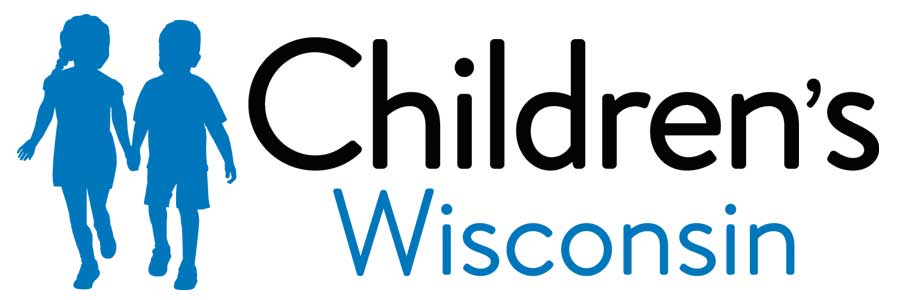Dysautonomia (1446)
Key points below
What is Dysautonomia?
Dysautonomia means something is not working right in the autonomic nervous system. The autonomic nervous system (ANS) is the part of the brain, spinal cord and nerves that regulate most of the body’s automatic functions. This includes heart rate and blood pressure, sweating, and digestion. There are many different types of autonomic disorders. Some are more common and easier to care for. Others are harder to treat.
Autonomic dysfunction is the most common type of dysautonomia in teenagers. The teenager may feel symptoms when they change their position. Sometimes the heart rate will get faster. This is called Postural Orthostatic Tachycardia Syndrome (POTS). Sometimes the blood pressure will go low when they move to an upright position. This is called orthostatic hypotension.
What causes Dysautonomia?
There is not always a clear cause. There can be a genetic link.
Often, other health issues that go along with the disorder. This includes problems eating, breathing, and choking. The most common dysautonomias can also happen at the time of an acute illness, concussion, or stress.
What are the symptoms?
- Feeling dizzy or lightheaded.
- Problems sleeping.
- Feeling tired.
- Problems concentrating.
- Upset stomach, throwing up, belly pain.
- Problems pooping or peeing.
- Problems with migraines or joint pain.
Some of the disorders, like POTS, can affect both the heart rate and blood pressure. It can also cause fainting. Each child is different. Many children do not have all of these symptoms.
What tests might need to be done?
There are usually 4 common tests done. Tests include a sweat test, Valsalva maneuver test, deep breathing, and the tilt table test. Blood work may also be done. This is to check for other problems or lack of certain nutrients. Talk to your clinic or provider for more information on these tests.
What is the treatment plan?
1. Add Salt: ____________of sodium chloride or salt (NaCl) twice a day. Add the salt first thing in the morning. Add it again between 2 PM and 4 PM. It is important to take the salt at those times. This will help the salt work before lying down or going to sleep.
- Too much salt can cause high blood pressure. Be sure to make other healthy choices that keep veins, arteries, and blood pressure healthy. These include:
- Not smoking.
- Exercising.
- Keeping a healthy weight.
- Eating fruits and vegetables.
- Not eating foods high in saturated and trans fat.
If your child’s blood pressure gets too high, you will need to lower the amount of salt they are eating.
2. Drink at least ____________________ of fluids per day. This may be water or an electrolyte drink. Lemonade and juice or good choices. Try not to drink coffee or other fluids that dehydrate.
3. Exercise 30 min per day, for at least 5 days per week. You can slowly increase the amount of time and how often you exercise. Start with reclining, lying flat, or water exercises if needed. Then slowly work up to upright, standing, or land exercises.
4. Work with a therapist that can help with cognitive behavioral therapy (CBT). CBT helps you to cope with a chronic medical condition.
5. Get good sleep. Not getting enough sleep makes pain and symptoms much worse. Go to bed at the same time each night. Remove distractions. Turn off screens at least 1 hour before sleeping. Try not to nap or sleep during the day.
Follow the treatment plan from your care team first. If this does not help, talk to your care team. They may suggest changing or adding to this plan.
Other teaching sheets that may be helpful
- 1457 Autonomic testing
- 2140 Potty time (for the best way to sit on a toilet.)
- 1558 Go, slow, and whoa foods
- 1166 Sleep hygiene
